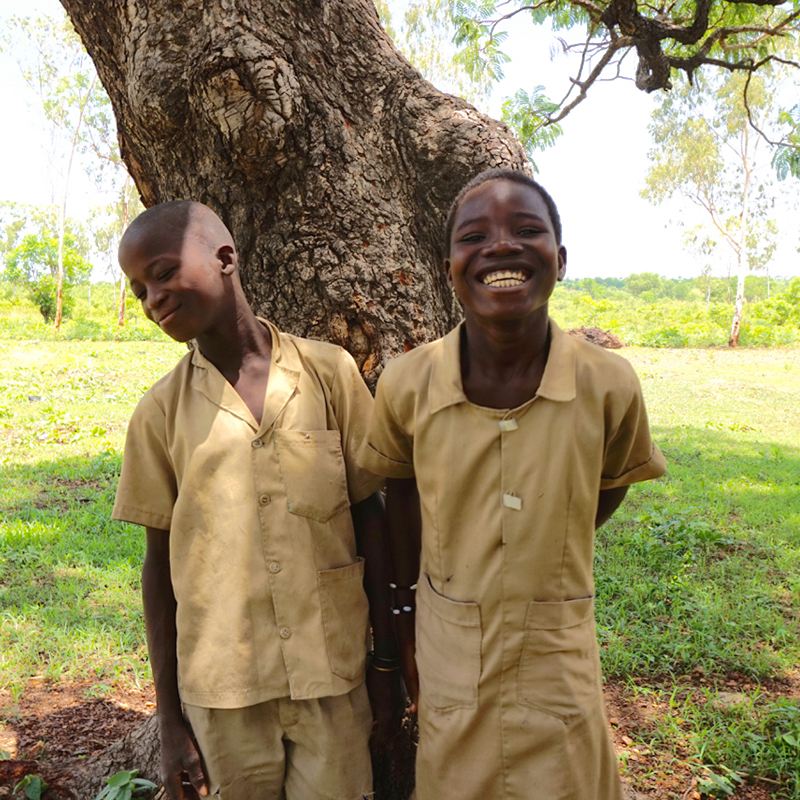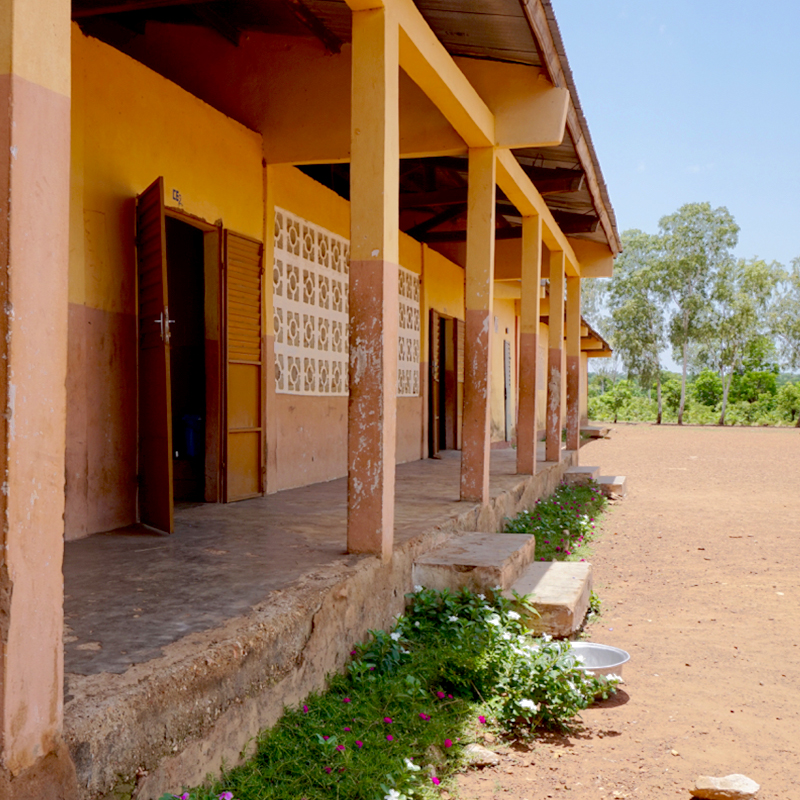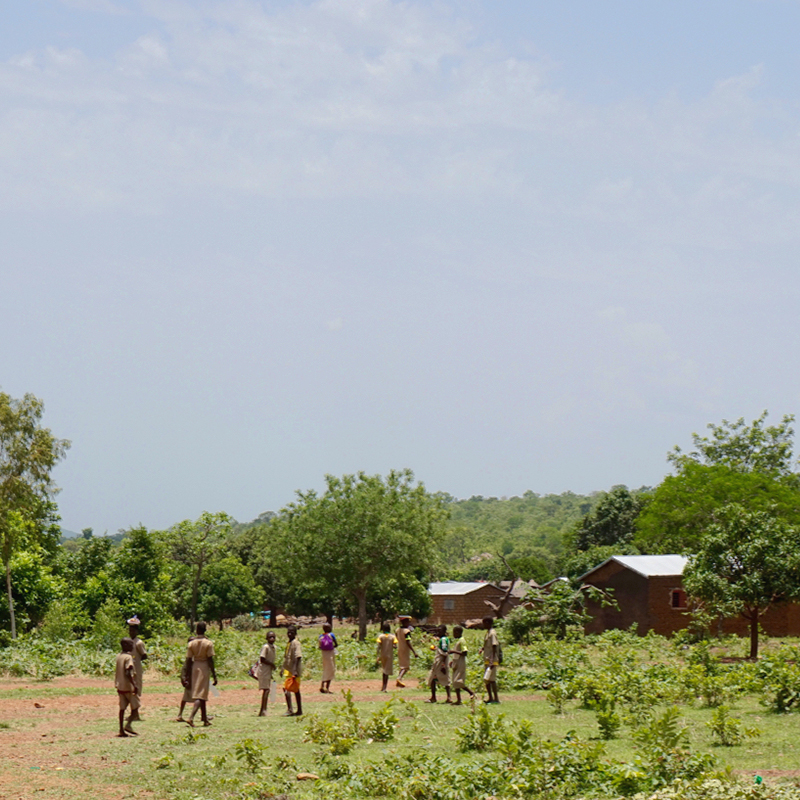Convention on the Rights of the Child article 3 (grade 4-6)
Convention on the Rights of the Child article 3 says that all decisions that affect children should be made for the best of each child. In this lesson you meet Clement and Harmarine in Benin who learn about children’s rights. You will also find out about decisions made in Benin that are for the best of every child. In the exercises you will figure out who makes decisions that affect children, and how they find out what decision is the best. In conclusion you will practice to make a decision that is good for every child in your class.
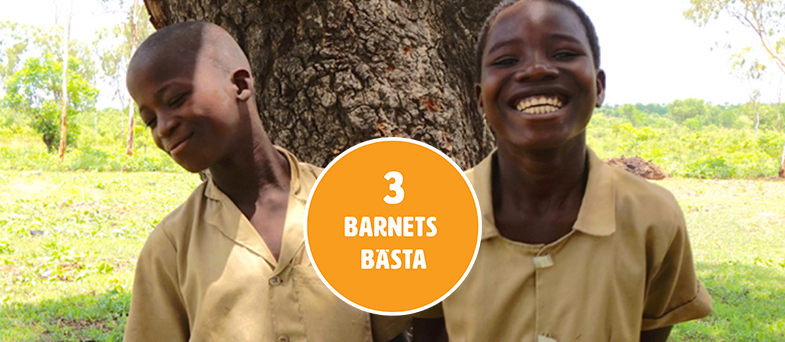
Swedish curriculum
Övergripande mål och riktlinjer
2.1 Normer och värden
Skolans mål är att varje elev
- kan göra och uttrycka medvetna etiska ställningstaganden grundade på kunskaper om mänskliga rättigheter och grundläggande demokratiska värderingar samt personliga erfarenheter
- tar avstånd från att människor utsätts för våld, förtryck, diskriminering
och kränkande behandling samt medverkar till att hjälpa andra
människor, kan leva sig in i och förstå andra människors situation och
utvecklar en vilja att handla också med deras bästa för ögonen,
2.2 Kunskaper
Skolan ska ansvara för att varje elev efter genomgången grundskola:
- kan samspela i möten med andra människor utifrån kunskap om likheter och olikheter i livsvillkor, kultur, språk, religion och historia.
- har fått kunskaper om samhällets lagar och normer, mänskliga rättigheter och demokratiska värderingar i skolan och i samhället.
5. Kursplaner
Samhällskunskap Ur centralt innehåll 4–6
- De mänskliga rättigheterna och deras betydelse, inklusive barnets rättigheter i enlighet med barnkonventionen. Principen om likabehandling, inklusive skydd mot diskriminering.
Teacher's guide
Share the lesson to your students tablets or computers by copying this link: Start – Conventions on the Rights of the Child article 3 (grade 4-6). You can also put the lesson on a large screen for the whole class to see and follow.
Lesson objectives
- The students should know what article 3 is about.
- The students should know how articles in the Conventions on the Rights of the Child may affect them.
- The students should know how articles in the Conventions on the Rights of the Child may affect other children
Guide
1. Start: Watch the film
2. Introduction: Read the text together and try to answer the questions.
Exercise 3a) Meet Clement and Harmarine. They are friends and attend a children’s club to learn about children’s rights. In their municipality decisions for the best of each child has been taken. Read the question and try to answer them together or in small groups.
Exercise 3b) Watch the film and answer the questions in class.
Exercise 3 c) It’s time to draw or create! And, of course, reflect upon who makes decisions in these processes and how they keep the best of each child in mind. Notice that the best for each child is not necessarily what the child wants.
Exercise 3d) Use this exercise to find out in each scenario who is the most suitable to decide for the best of the child. Is it the adult or the child or is it a mutual decision?
Exercise 3e) It is time to step out of the classroom and meet people who make decisions that affect children. Help the children to book meetings with adults working at the school or in other professions outside school.
4. Conclusion: Now we let the children try to make decisions that is good for every child. To decide they need to listen to each other and think of every child in the class.
Further reading
Rafikis sida om barnkonventionen
Barnombudsmannen om barnkonventionen
Barnkonventionen på fler språk
1. Start
The Convention of the Rights of the Child, article 3
When adults decide, they should think about how their decisions will affect children. All adults should do what is best for the child.
2. Introduction
The best for every child
Whenever adults decide they need to find out if their decision will affect children and, if it will, they must make a decision that is good for each and every child. Not only some of them.
Many adults make decisions that affect children. The police do. Teachers that educate children, and constructors that plan and build cities do. Even adults that support children in different ways do. If a court makes a decision, it should use the laws and regulations for the best of each child in the matter.
There are rules and regulations to make sure that children can live well and safe. Everyone must obey them and every country should make sure that people do so. In Sweden the government makes sure that these laws are obeyed.
Adults should always…
According to articel 3 adults should always…
- find out if a decision will affect one, some or many children
- listen to children’s opinions
- find a solution that is good for as many children as possible
- find out which children do not benefit from the solution and make sure their needs are met as well. No child should be left behind.
The best for the child according to UN
A right: It is every child’s right that adults make decisions that are the best for, not some, not most, but for each and every child. In the best interest of the child!
Using laws: If one can read a law in different ways, one should always use the version that is the best for each child.
Decision making: Before adults make a decision that affects children, they should always listen to the child’s opinion, feelings and needs. They always need to consider the decision’s effect upon children before the decision is made. Adults must always be able to explain how they considered the best of the child i every decision they make.
Not the same as letting children decide
To do what is best for children does not mean to let children decide. A child might want candy for dinner, but we all know that it is not good for their health. However, whatever opinon a child has, it should be listened to with respect.
It is not always easy
Children need to go to school because it is good for them. But during a pandemic, for example, going to school might cause severe sickness to the child or the child’s family members. Sometimes protection is more important than education.
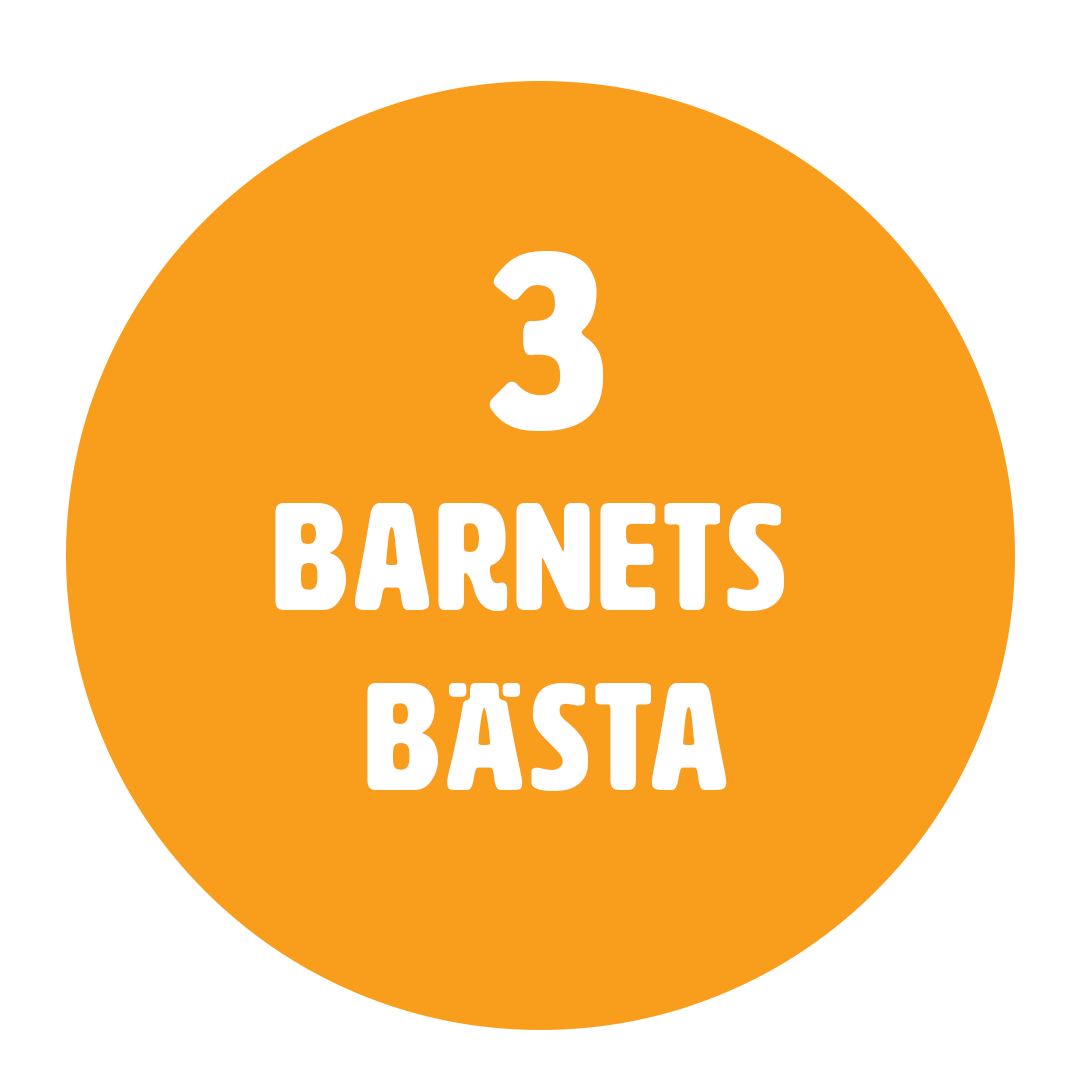
Think about this together
- Do you know of any decisions which are made for the best of every child?
- Can you think of an example of when a grown up has asked for your opinion before he or she made a decision?
Exercise 3a
Clement and Harmarine
Clement and Harmarine are two friends who live in Benin. They are in sixth grade and leave home for school at 7:30 am in the morning. In Benin school starts at 8 am and finishes at 5 pm. In school they also attend a children’s club where they learn about children’s rights.
Clement lives in a village. He lives with his mother, father and four siblings. When there is time, he likes to play cards with his bothers. Everyday he spends one hour to do his homework. After that he goes to get water and cooks dinner. His family has 45 hens, 4 goats and 2 pigs.
Harmarine lives in the same village and has similar every-day-routines as Clement. But she has a dog, and she likes to play football. Neither Clement nor Harmarine have a TV since there is no electricity in their village.
In school they speak French. It is Harmarine’s favorite subject in school. Clement likes math. Between noon and 3 pm they have a long break when all the children go home to have lunch. By then it is too warm to be in a classroom anyway.
After school they attend a children’s club where they learn about children’s rights. Clement says:
– I think the most important right is to have clothes. If you don’t have any clothes, you will be cold and get sick. It is very important to have clothes.
Harmarine thinks education is the most important right for children. She says:
– There are children here that do not go to school. If you do not go to school, you cannot learn anything.
A good decision for children
The government in Benin has decided that every municipality should have a group of adults that lead the work for children’s safety. In some municipalities this group has cooperated with people in the villages to reduce the abuse of children. They have shown how children can be treated in a good way. This has reduced the number of abuses by half in one year.
Think about
- Who makes good decisions for children in Benin?
- Are there any rules made for the best of each child where you live?
- Do you need some new rules to make it even better for children where you live?
Exercise 3b
Practice your English skills
This film is made by students att Rosenlund School in Jönköping. They explain what article 3 is about. They also explain what decisions adults make that may affect children and how they can listen to children to think of the very best for each child. They also prepared a few questions for you. You will find the answers when watching the film.
- What does article 3 say?
- Why is this article important?
- Give one example when adults decisions can affect children.
- What decisions does the architect Tom Billingham make that affect children?
- How does he make decisions that are good for children?
Exercise 3c
Draw or build
How do you think this should be made, keeping in mind the best of each and every child?
- Schoolyard
- Playground
- House to live in
Who decides?
Those who plan for and build these things are responsible to build it for the best of each child. Who is usually responsible for building…?
- Schoolyards
- Playgrounds
- Houses to live in
Exercise 3d
Who decides?
What decisions are for adults to make, and what can children decide?
How much time to spend on your computer
![]()
When to go to bed
![]()
![]()
![]()
![]()
![]()
![]()
![]()
Which friends to play with
![]()
![]()
![]()
![]()
![]()
![]()
![]()
If your family has a car – what car should the family have?
![]()
![]()
![]()
![]()
![]()
![]()
![]()
What computer/mobile games you can play
![]()
![]()
![]()
![]()
![]()
![]()
![]()
Add your own questions here:
![]()
![]()
![]()
![]()
![]()
![]()
![]()
Exercise 3e
How to make decisions in the best interest of the child
1. Ask someone who makes decisions that affect children, how he or she decides for the best of every child.
2. If your classmates have asked other adults than you, you could share your findings in class.
Adults to ask
- The principal or a teacher at your school.
- Someone who decides about roads, schools, school lunch, buses and leisure activities.
- A politician who makes decisions.
Questions to ask
- How do you know if a decision will affect children?
- How do you find out what solution is the best for every child?
- What do you do if your decision is good for most of the children but not for all of them?
4. Conclusion
How will you spend your break?
Is it easy or difficult to make decisions that are good for every child? Try out for yourselves!
In class, find out what to do during your break so that it will be good for every child.
1. Choose an activity
2. Is there anyone who does not like that activity?
3. Find a solution so that everyone may do something fun during the break.
4. Was it easy or difficult to find a solution? What did you do?

